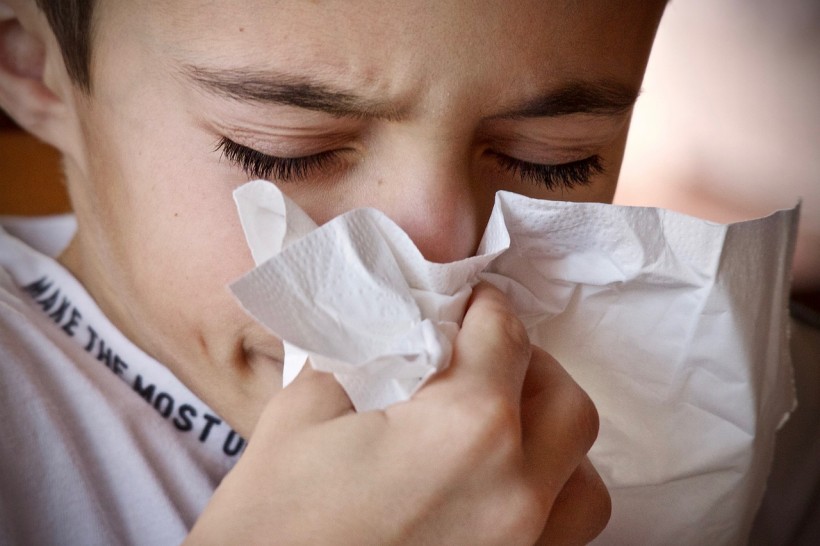Mucus is usually associated with the runny, goopy, or gummy stuff released when sneezing or coughing. Per the University of Pittsburgh Medical Center (UPMC) Health Beat article, this viscous liquid is one of the biggest defenders produced by the body that covers the organs and lines any cavities to capture debris, allergens, viruses, and bacteria that can then be shuttled out of the body.
This sticky fluid provides moisture for the air inhaled and lubricates the respiratory tract. However, they could sometimes come in different colors that may indicate some serious health problems. Here's what every mucus color could tell about a person's health.

Color of Snot Matters: Here's What Kind of Mucus Tells About A Person's Health
Meanings Behind Mucus Color
Mucus could show up in a range of colors and textures when a person is sick or feeling sniffly or congested. Although mucus color alone is not enough to diagnose an illness or health condition, it can help warn people and point them in the right direction. Here are seven of the common mucus colors and their meaning according to WebMD:
- Thin and clear- This is mostly water and is usually caused by allergies. A thin and clear mucus contains dissolved salts, proteins, and antibodies, and having it means that the body is in healthy mode.
- White- Cold or sinus infection often produces white mucus that might clog nasal passages and make them cloudier.
- Yellow- A yellow mucus could hint that the white blood cells are racing towards the scene of infection to try to fend it off.
- Green- Green and gunky mucus are made by dead white blood cells; at this point, the immune system is on high alert. For those with sinusitis, doctors may prescribe antibiotics to clear it up.
- Brown- Brownish mucus could mean that the person had a big whiff of dirt or could be a sign of chronic lung diseases in rare cases. The bacteria in the lungs could be causing inflammation and bleeding that caused the brownish color of the mucus.
- Red or pinkish mucus might mean a little harmless blood due to blowing the nose too often or riling up the nasal lining. Also, it could be due to nosebleeds or bleeding from a polyp or tumor.
- Black- Black mucus could sometimes be caused by debris clumping in the nose or lots of dust or cigarette smoke. It could be a sign of fungal infection in rare cases, especially when a person has a weak immune system.
ALSO READ: Blobs of Squid Mucus With Hundreds of Thousands of Embryos Found Near Norway
How to Manage Mucus
Mucus plays an important role in the body, and its slippery consistency helps protect and moisturize membranes to trap potential irritants. It is produced by the respiratory system to combat inflammation from cold, irritated sinuses, allergens, and smoke or pollution.
Although the color does not necessarily mean any serious infection, this sticky fluid could be annoying as it blocks the airways and causes respiratory problems. Here's the list of ways from the Cleveland Clinic to help get rid of excess mucus and phlegm:
- Stay hydrated by drinking more water.
- Moisturize the throat using a humidifier.
- Make sure filters on heating, and cooling systems are clean and functioning well.
- Rinse and hydrate nasal tissues using a nasal saline spray.
- Gargle salt water with one teaspoon of salt per glass of warm water to ease throat irritation.
- Use eucalyptus or essential oil in a diffuser.
- Use decongestants to reduce nasal swelling and expectorants to thin the mucus.
RELATED ARTICLE: The Grossest Hero of the Body: How Mucus Fights Bacteria
Check out more news and information on Medicine and Health in Science Times.














